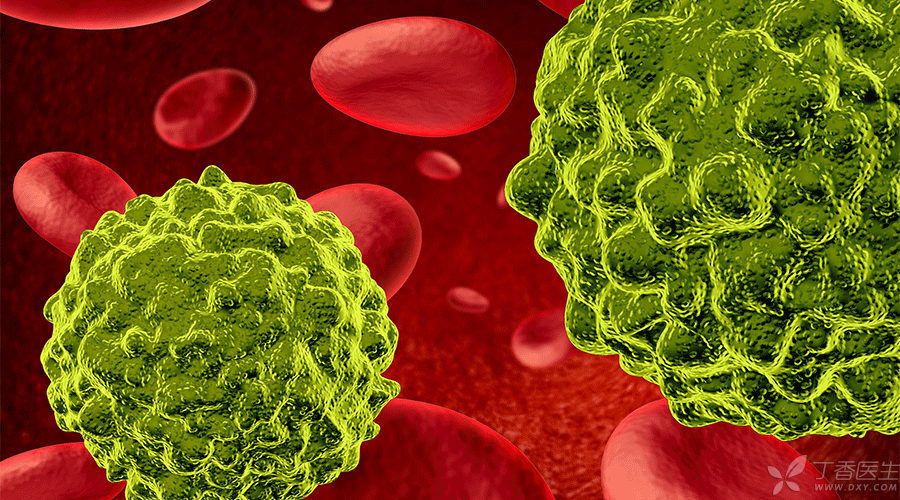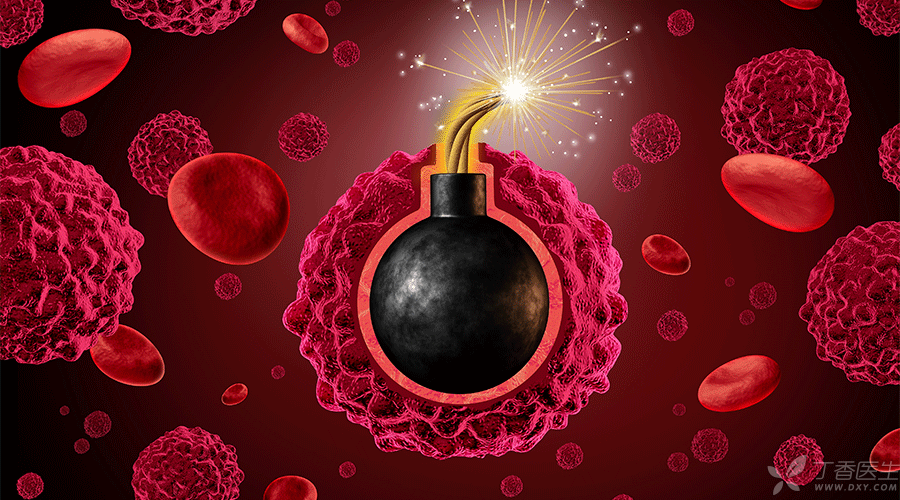
As for proton heavy ion therapy, it was a hot consultation issue for cancer patients and their families as early as when it was first introduced into Shanghai. As a result, rumors spread among friends, deifying proton heavy ion therapy, saying:
Since the hospital opened one year ago, 244 of 283 cancer patients have been cured and only cancer cells have been killed.
A good thing has been maliciously exaggerated and deviated from the facts, causing unnecessary blind treatment. I think it is necessary to explain and popularize science here, so as to set the record straight and let everyone have an objective and rational understanding of this.
First, tumor shrinkage or disappearance does not mean long-term survival.
The so-called cure of cancer is not a cure if the cancer shrinks or disappears temporarily, but a cure if it does not recur later.
The short-term curative effect is good, the tumor shrinks or disappears, which does not mean the long-term curative effect will be good, and you can live longer. Whether or not the recurrence will occur in the future and how long the recurrence will take are unknown. It is said that cancer is cured, and it will take at least five years before it can be basically cured, but it is still not 100% assured.
Therefore, doctors often use [cure rate] to evaluate the therapeutic effect of a certain cancer. The cure rate is a [probability], and most of them take five years as the critical point, that is, the probability of survival of the cancer after five years of treatment.
With probability, there is no so-called 100% cure, claiming that 100% are liars.
Rumors such as [the hospital opened for one year, treated 283 cancer patients and cured 244 cases] should be heard as jokes.

Second, is proton heavy ion therapy reliable for cancer?
The answer is: reliable!
It is essentially radiotherapy and a local treatment. It is not magical at all, and it is still just a tumor [cut off] [burned], just like surgery.
Ordinary radiotherapy, such as surgical incision or radiotherapy [burning to death], will inevitably damage the surrounding tissues and organs. In contrast, it is more accurate, more efficient and less damaging to the surrounding normal tissues.
Just like the gamma knife and X knife that you have heard of, the accuracy of this radiotherapy method refers to: in the past, when a large area was cut, the good and bad ones would be cut. This [knife] is cut more accurately, which can reduce the damage to healthy areas.
The treatment is more accurate, and cutting off tumor blocks can naturally be more effective, but this is not the rumor that only cancer cells are killed.
Its essence is the same as that of surgery, which doomed it to be mainly suitable for early cancers. In fact, early cancers can be solved by surgery in most cases and directly cut off. Therefore, for those early cancers that can be operated on, surgery is still recommended in most cases, with definite curative effect, low cost and very high cure rate.
However, there is basically no way to operate in the late stage, nor is proton heavy ion therapy. Only palliative treatment can be used. For advanced cancers with widespread systemic metastasis, the effect of local treatment is extremely limited except chemotherapy and targeted therapy.
Three, proton heavy ion therapy can treat which cancers?
1. Cancer patients who cannot tolerate early surgery
For example, some elderly people with multiple diseases, or patients who just don’t want to have surgery, can consider doing this treatment.

2. Tumors that grow in sharp locations or cause extensive body damage through surgery.
Proton heavy ion therapy is suitable for tumors such as nasopharyngeal carcinoma, oropharyngeal carcinoma, meningioma, etc., or tumors close to cardiac macrovascular surgery with great risks.
3. Local recurrence foci of certain cancer, and the recurrence position is very sharp.
It is not convenient for surgery or even impossible to perform surgery, and chemotherapy cannot be tolerated. Radiotherapy can be considered for this local recurrent focus. Proton radiotherapy is certainly better, but it is only temporary local control and is likely to grow again.
However, the premise of the above two is still that it cannot be carried out in the late stage. If the whole body diffuses and transfers in the late stage, this thing will not have much effect. If it is only palliative control, it is better to use ordinary radiotherapy.
In short, if a local tumor focus encounters difficulties and cannot be handled, proton heavy ion therapy can be considered because it is accurate, has good local curative effect and has advantages. Of course, the premise is not bad money.
What are the side effects of proton heavy ion therapy?
Its adverse reactions are also radiotherapy damage, and its manifestations are similar to those of general radiotherapy, but less and less to a lesser extent.
For example, a few people will appear:
- Existing skin pigmentation (skin injury caused by radiotherapy) Radiation injury of urethra has symptoms such as frequent urination, urgent urination or occult blood in urine, and mild fibrosis of lung due to radiation injury in the later stage…….
Proton heavy ion therapy is a highly accurate radiotherapy method. It is indeed a good thing, but it is not so magical. It is a local therapy method after all and can only solve some problems.
